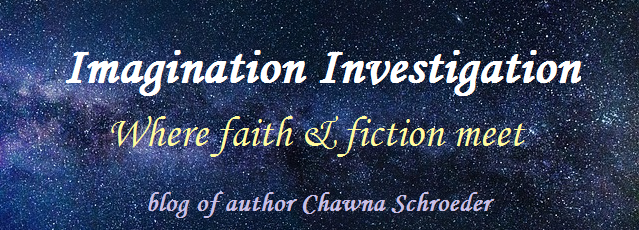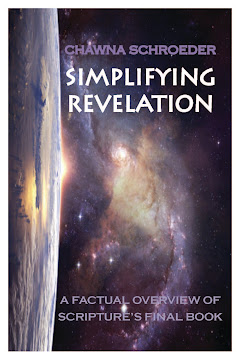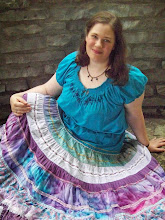So description is a selection of details. Voice is how description and point-of-view intersect. But what factors should be considered to create a vibrant description?
Age of narrator at time of narration: The language and observations of a child are much different than an adult.
Occupations and experiences of narrator: A gardener, a doctor, and a battered wife will each perceive a landscape very differently.
Narrator’s relationship to the action: An author outside of a story’s action (omniscient point-of-view) will pull out different details than the character living through it. Likewise a character offering a story after the fact (past tense) will have different views on what occurred than the character narrating the action as it happens (present tense).
Mood needed: This includes the character’s mood reflecting on what he is describing (an old house could be romantic or scary) as well as the set up for the mood of the scene to come (think of all those thunderstorms during climaxes).
Set up: While more difficult to pull off in a tight point-of-view, description will often foreshow things to come (a gun on the wall at the beginning will be pulled on the heroine at the end) as well as impending changes (the coming of night sets up a sense of danger to come).
Characterization: Because voice often determines description, description likewise tells us about the character. Chopped sentences might hint at a lack of education. A character who can identify food smells that blend together for most of us might reflect a culinary background.
But ultimately, the main thing to remember about description and voice is this: While a book may not succeed or fail wholly based on the description and voice, a truly great book probably cannot exist without them.
Monday, March 1, 2010
Subscribe to:
Post Comments (Atom)




2 comments:
You've always got great writing tips and insights :)
I aim to please. :o)
Post a Comment